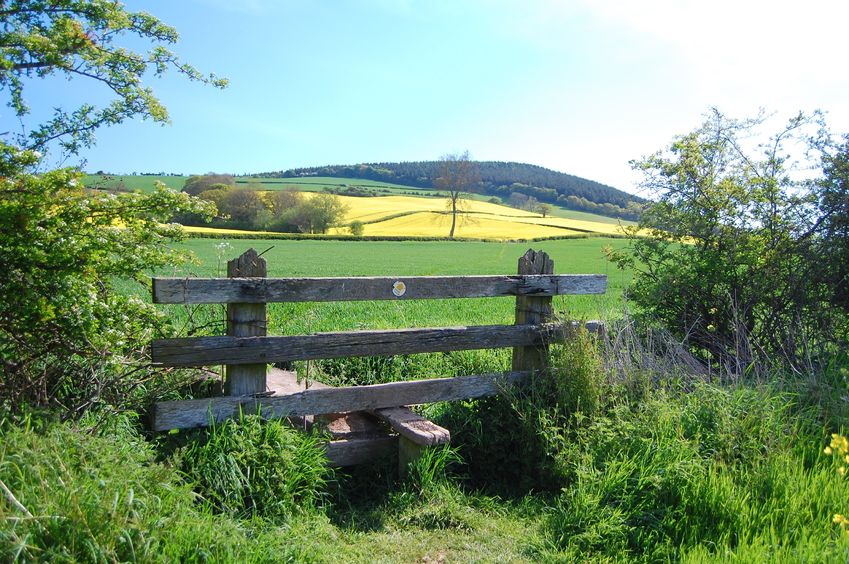
A recent court ruling on creating new public rights of way could prove expensive for farmers if they fail to take steps to protect their land, a rural expert warns.
In a recent case heard in the Court of Appeal, judges ruled that if a person or group wants their local authority to create a public right of way on private land, that authority must apply to the Planning Inspector to do so even if the application is unlikely to succeed.
And when any application is made, it may result in the farmer or landowner having to fight the claim to stop the right of way from becoming official.
Rebecca Ruck Keene, of property consultancy Fisher German, warned these applications could cost farmers time and money.
She said: “An application to add or amend a public right of way can be submitted to the Local Authority if the landowner wants it or an unofficial route has been consistently used by the public.
“If evidence is discovered that a path or way has been used over many years, a Definitive Map Modification Order (DMMO) to make the route an official right of way can then be made by a local authority to the Planning Inspector.”
Anyone can ask their local authority to look into creating a new public right of way.
But once a public right of way has been approved, they are seen as very difficult to remove.
“The new ruling could make these applications more frequent, meaning landowners may have to fork out extra money to fight these claims,” Ms Keene said.
However, she said there are steps farmers and landowners can take to save money by making it less likely that applications for new rights of way are made.
For example, putting up signs on land saying access is prohibited could help, making it less likely for the public to use landowners’ property as a right of way.
“Preventing access by making sure gates are locked and boundaries are secure is also a good idea, as long as any existing rights of way remain accessible,” she said.
Another step that landowners can take is to submit a ‘landowner statement’ to their local authority under the Highways Act.
The statement formally shows landowners have no intention of creating further public rights of way for the next 20 years, which offers protection against new applications, Ms Keene explained.
